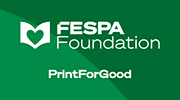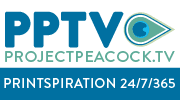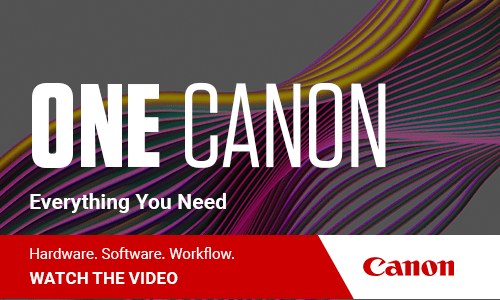Is there a better way than impersonal, mass emails to communicate important news to customers and residents?
Our school district here in Portland, Oregon collects parent email addresses and bombards us with information. I would opt out, but every once in awhile something important shows up.
A few months ago the district notified us that many of the schools in the district have lead in the drinking water and heavy metal toxins in the air. This is important news for the families that attend those specific schools. For other families, this is not relevant.

The lead and toxin news was buried in a deluge of updates on school board votes, sports news, building construction, registration dates, etc., etc. Then they sent a mass email of places where we could take our kids for blood tests. Finding anything among their emails was like searching for a needle in a haystack.
So poorly executed. So frustrating as a parent.
Wouldn’t it be smarter to send their legally-required mass emails, and then mail printed postcards or letters (they have our data, for goodness sake) only to the families who attend the affected schools?
That’s right: follow up mass email broadcasts with targeted print.
Here’s an example of how this works well.
A bridge near our house is being rebuilt, and it’s a multi-year county project. Each week we get an email with a bullet list of project updates and four photos of the project. Whenever something inconvenient is about to happen, like a closure or a public meeting, those of us who live near the bridge are mailed a postcard reminder.
We look forward to the emails, and we pay attention to the printed mail.
That’s how you use email plus print for the good of the people.
In both cases, the public agencies have our email address and our street address. The school district, however, is hindering communication. The county is enhancing it.
As you work with your clients and analyze their print and email needs, show them the good and the bad effects of these news-disseminating examples. Let them know that money isn’t always the most relevant factor in deciding to use print. Look at the bad PR that the school is receiving by relying on only one form of communication about dangerous health issues.
When it comes to spreading important news, email-to-print shines. Start with email as the mass broadcast, and then add print to refine the message and target the right recipients.
 Sandy Hubbard is a marketing strategist for printing companies. She builds marketing programs that can be sustained over the long haul, with affordable tools and your own people…and without stress! Find Sandy on Twitter at @sandyhubbard each Wednesday at 4 PM ET, assisting #PrintChat host Deborah Corn @PrintMediaCentr with a lively online discussion for printers and those who love print.
Sandy Hubbard is a marketing strategist for printing companies. She builds marketing programs that can be sustained over the long haul, with affordable tools and your own people…and without stress! Find Sandy on Twitter at @sandyhubbard each Wednesday at 4 PM ET, assisting #PrintChat host Deborah Corn @PrintMediaCentr with a lively online discussion for printers and those who love print.









